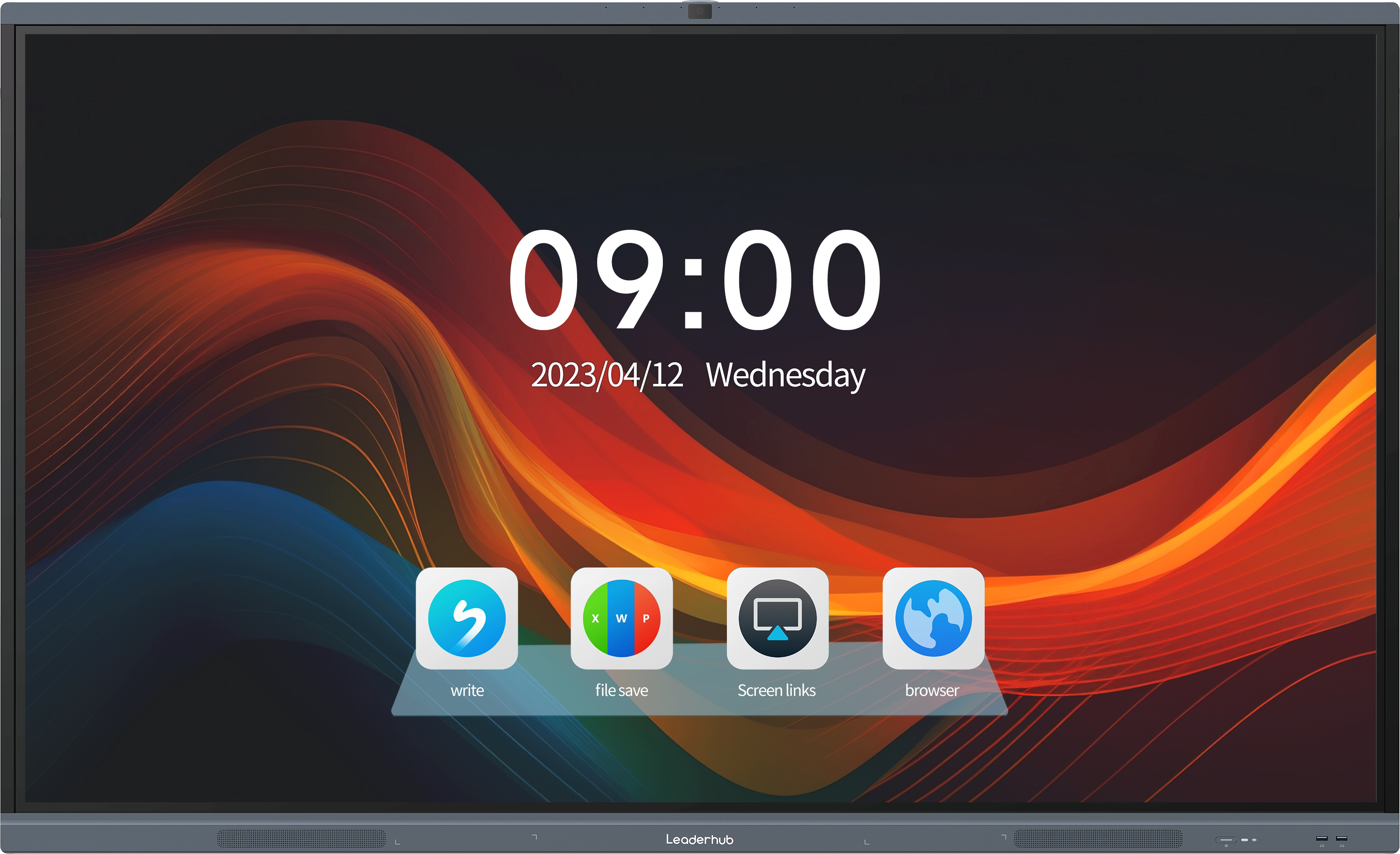Enhancing Learning Experience through Tablet Computer Multi-Screen Interaction

In today's digital age, tablets have become an integral part of education, revolutionizing the teaching and learning process. One of the remarkable features of tablets is multi-screen interaction, which enables teachers and students to interact simultaneously on multiple screens. This article explores the specific application and benefits of tablet computer multi-screen interaction in the teaching process.
Multi-Screen Interaction for Collaborative Learning
Tablet computer multi-screen interaction fosters collaborative learning in the classroom. With this technology, students can connect their tablets to the main screen, allowing them to share their work with the entire class. It encourages active participation and enhances student engagement. For instance, group projects become more interactive as students can present their ideas, collaborate, and brainstorm collectively, leading to improved problem-solving abilities and critical thinking skills.
Real-Time Feedback and Assessment
Tablet computer multi-screen interaction facilitates real-time feedback and assessment. Teachers can use interactive tools to guide students through exercises, quizzes, and assessments in real-time. This immediate feedback helps students understand their strengths and weaknesses, allowing them to address any gaps in their knowledge promptly. Moreover, teachers can monitor the progress of each student individually, offering personalized guidance and support.
Enhancing Visual Learning and Multimedia Integration
Tablet computer multi-screen interaction promotes visual learning and multimedia integration. Teachers can display visual aids, images, videos, and animations on the main screen while explaining the concepts. This visual representation enhances comprehension and retention of information. Furthermore, teachers can use interactive whiteboards and drawing applications to illustrate complex ideas, making learning more interactive and enjoyable.
In conclusion, tablet computer multi-screen interaction brings numerous advantages to the teaching process. It encourages collaborative learning, enables real-time feedback and assessment, and enhances visual learning and multimedia integration. By harnessing the power of technology in education, teachers can provide a more dynamic and engaging learning experience, leading to improved academic outcomes and student success.

